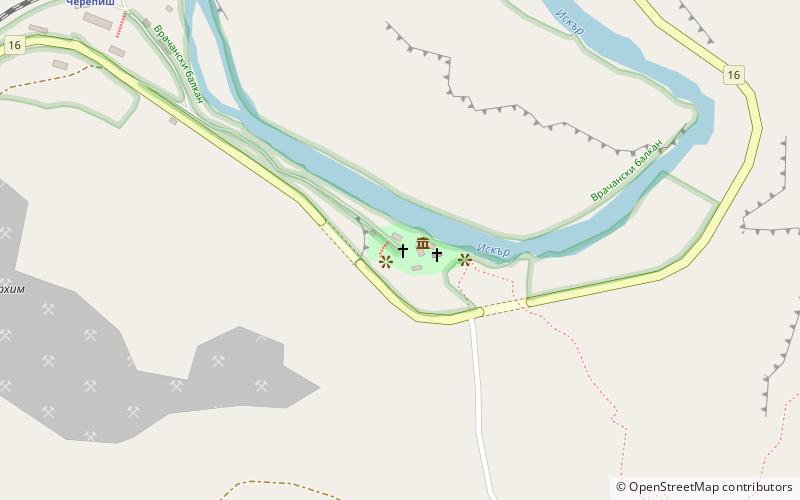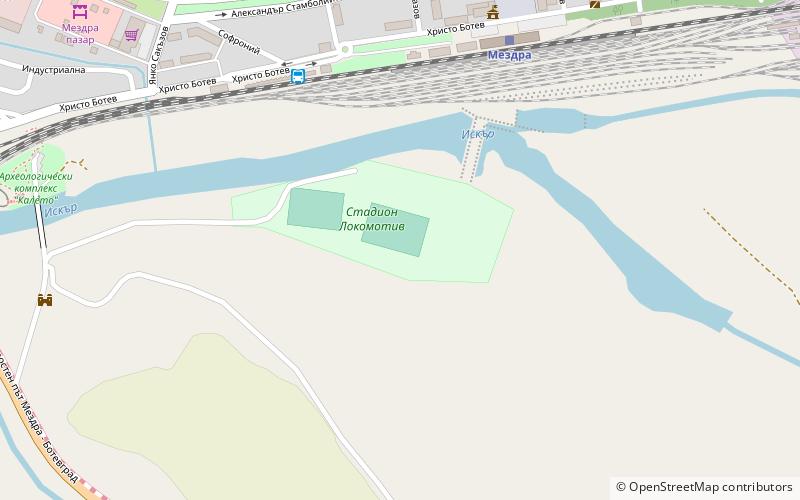Cherepish Monastery


Facts and practical information
The Czerepiski monastery, the Czerepiski Monastery of the Dormition of the Mother of God - the Orthodox male monastery over Iskyr, at a distance of 29 km southeast of Wraca, in the jurisdiction of the Metropolis of the Bulgarian Orthodox church.
The time of the monastery is unknown. It certainly existed before the Turkish invasion of the Bulgarian lands, as evidenced by the typikon preserved in the collection of the Museum in Sofia with information about the reconstruction of the monastery in 1396 from destruction. There is also a lack of information about the functioning of the community in the first century of Turkish rule in Bulgaria. At the end of the 16th century, a monk Pimen from the monastery of Zograph on Athos worked in the monastery, which he made in the monastery a new painting decoration. This may suggest that the monastery was in the meantime again and at the end of the 16th century its reconstruction took place. The monk Pimen also initiated the activities of the monastery scriptorium.
At the end of the 16th century, the main monastery church was erected. It was reconstructed at the beginning of the 19th century, then a new monk fresco in the temple was created by a new one, by priest Ivanniki. In 1888 a new dome was built on the building, while in 1939 the vestibule was expanded.
In 1786, during the local rebellion, the monks abandoned the monastery and settled in the caverns near the former headquarters. The monastery was then seriously devastated. In 1802, a priest lived in abandoned buildings, which initiated the renewal of the community. In 1836, on the initiative of Ihumena Józef, new residential buildings for monks were erected in the monastery. The co -founder of the building was a wealthy Turek named Raszid, whose daughter was wonderful to regain her health during a visit to the monastery. The monastery, which again accumulated a significant property, also had his own skits and affiliate facilities.
The monks actively supported the Bulgarian national revival. Bulgarian schools operated in the monastery and skit subordinate to him, anti -Turkish conspirators and Bulgarian revolutionaries were repeatedly hidden in the monastery, while Hieromnich Epiphanius during the April Uprising in 1876 was the chairman of the Revolutionary Committee in Lutibroda. In the nineteenth century in the monastery, the fresco was painted by Witan from Trians.
In the interwar period, the Metropolitan of the Wraczański Klemens founded theological courses for the clergy at the monastery.
Cherepish Monastery – popular in the area (distance from the attraction)
Nearby attractions include: Okolcica, Tipchenitsa, Lokomotiv Stadium.



